In this week’s Rocket Roundup, host Annie Wilson presents another Starlink launch from SpaceX, another OneWeb launch from Arianespace, the very foggy SN11 test flight, and a Chinese launch. Plus, this week in rocket history, we look back at STS-1, which launched from the Kennedy Space Center on April 12th, 1981.
Media
Transcript
Hello, and welcome to the Daily Space. My name is Annie Wilson and most weekdays the CosmoQuest team is here putting science in your brain.
Today, however, is for Rocket Roundup. Let’s get to it, shall we?
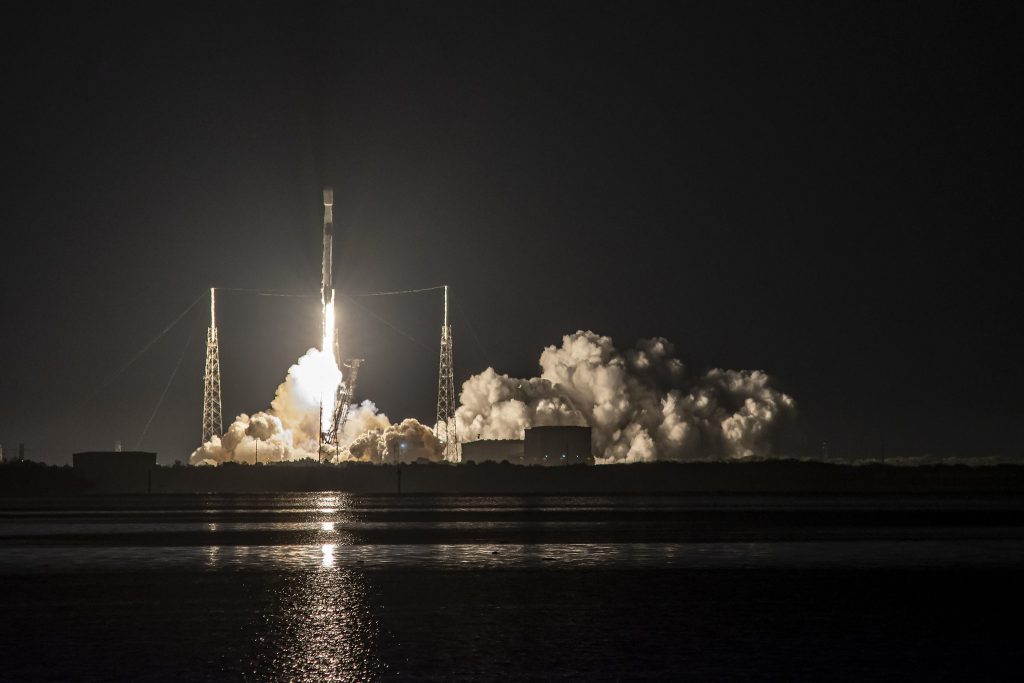
First up, on March 24 at 08:58 UTC, SpaceX’s Falcon 9 Booster 1060 took off from SLC-40 at Cape Canaveral Space Force Station in Florida. This nighttime launch put another sixty Starlink satellites in orbit for the Starlink L-22 mission. As of this launch, 1,323 of 1,440 first-phase Starlink satellites are in orbit. Two more launches are needed to complete the first phase.
For those of you keeping score at home: this was the sixth mission for the booster, and it was stated during the webcast that both of the fairings had flown on two previous missions each.
Booster 1060 successfully landed on the barge Of Course I Still Love You, which was stationed 663 kilometers downrange. Both fairing halves were recovered from the water by SpaceX’s new fairing recovery ship, the Shelia Bordelon. This massive ship has a heavy-duty crane and is capable of picking up two sets of fairings — that’s four fairing halves — out of the water in one trip, which will be useful when there are two launches in rapid succession because the recovery ship won’t have to return to port between launches. Ultimately, this will increase SpaceX’s capability to recover fairings from the water.
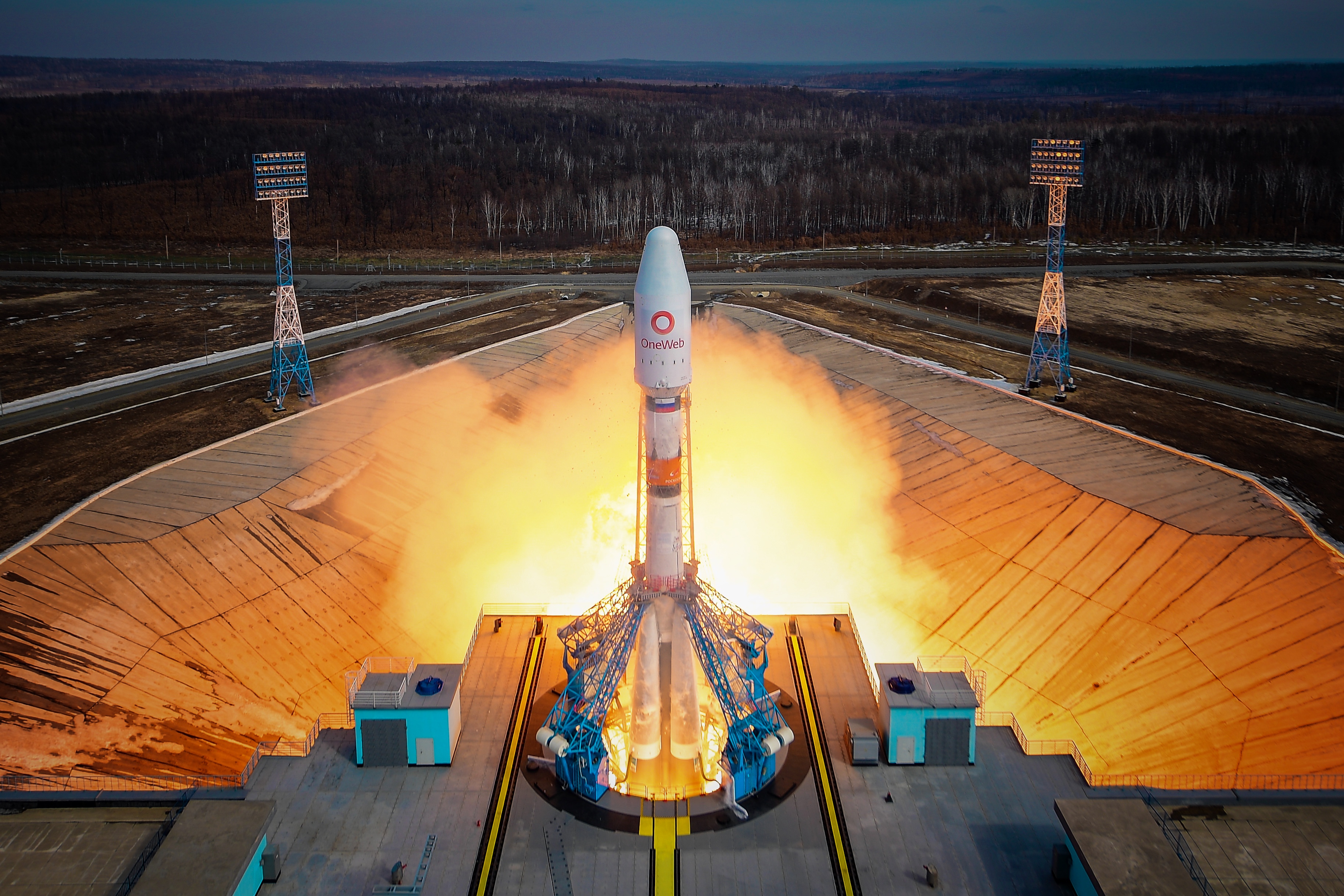
Next up, on Thursday, March 25 at 02:47 UTC, Arianespace and its affiliate Starsem launched a Soyuz 2.1b/Fregat into clear skies from the Vostochny Cosmodrome in eastern Russia. Vostochny is Russia’s newest launch site and so far only seven rockets have launched from the site since its opening in 2016. Onboard the Soyuz were 36 satellites for the OneWeb 5 mission. This was the second launch of OneWeb satellites from Vostochny after the OneWeb 4 mission in December 2020.
The live stream switched to an onboard camera just before booster separation and continued broadcasting until Fregat separation. The rocket’s Fregat upper stage conducted several engine burns over the course of two and a half hours and then inserted the 36 satellites into the target orbit in nine sets of four. This marks 146 satellites launched of a planned constellation of 648 OneWeb satellites.
And for our last launch this week: on March 30 at 22:45 UTC, a Chinese Long March 4C launched the Gaofen 12-02 spacecraft into orbit from the Jiuquan Satellite Launch Center in Northern China.
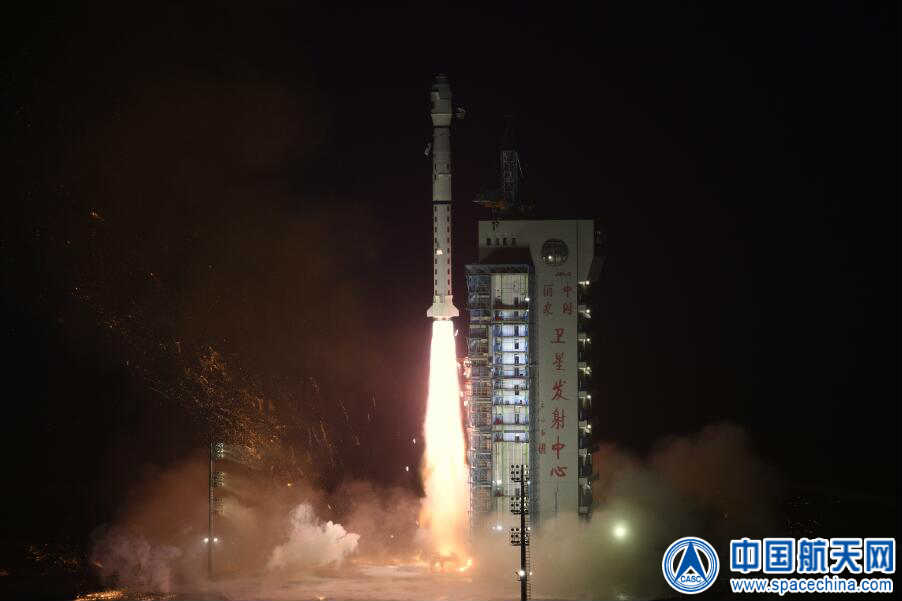
Gaofen 12-02 is the second in a series of high-resolution Earth observation satellites. The satellite has a synthetic aperture radar (SAR) sensor with sub-meter resolution. This means the smallest object the sensor can image is less than one meter by one meter in size. Like other satellites in the civilian China High-resolution Earth Observation System, or CHEOS, it will be used for land censuses, urban planning, land rights, road network design, crop estimation, disaster prevention and mitigation, and other fields.,
Radar satellites have different properties than optical satellites, and they complement each other. An optical satellite is like a camera; it can only see illuminated targets and capture reflected photons. If the target is obscured by clouds, an optical satellite can’t see it. Radar satellites emit a signal and record the reflection, which allows them to gather data day and night. Radar satellites use longer wavelengths on the electromagnetic spectrum that penetrate clouds, allowing for all-weather use.
If you were to take two images of a particular Russian volcano that was active in 1996, one with optical and one with SAR, you’d notice a few differences.
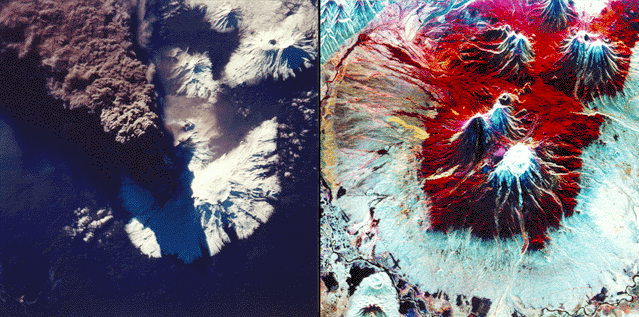
One of the major differences between the two images of this Russian volcano is that the surface details are more evident in the synthetic aperture radar image than they are in the photograph. The colors in the SAR image are a result of the processing, in which different colors were assigned to represent different textures and materials. Based on what can be seen, it appears that reds were assigned to areas where there was snow on the slopes of the volcanoes, while light blues were assigned to the areas that were clear of snow. It also makes it much more obvious that there are actually several volcanoes in the area, though only one appears to be erupting.
Another application of synthetic aperture radar imagery is to map sea ice in the extreme north. Different types of ice appear quite different in SAR imagery, making it relatively easy to produce maps that can help guide ships through the ice and avoid patches where even ice breakers will have problems.
Late in the evening of March 24, residents of the Seattle area got a bit of a light show. And no, it wasn’t aliens.
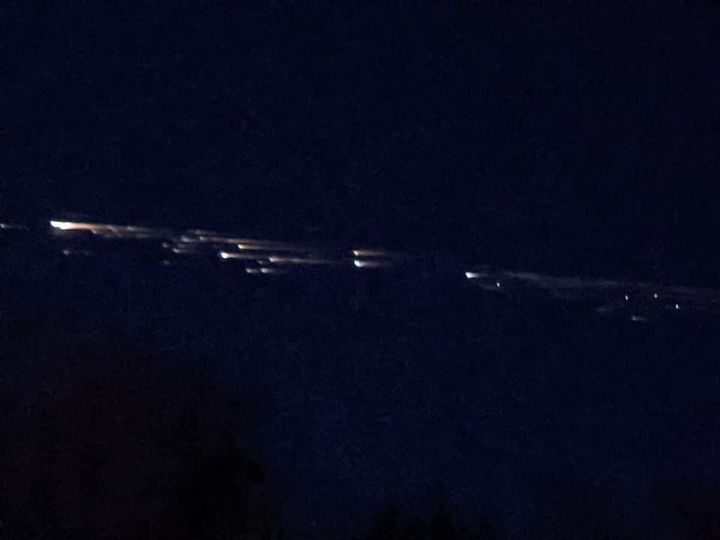
CosmoQuest community member ThirdRockAstronomy shared an image of the event on our Discord server. You can see the multiple bright streaks crossing the black background of the sky.
Initial reports called it a meteor, but once experienced observers saw the footage, they noticed that the so-called meteor wasn’t behaving as a meteor would. Typically, meteors only appear for a few seconds and don’t usually leave a lasting trail. This particular object, however, was moving across the sky much more slowly — taking minutes instead of seconds — and left behind multiple trails.
So if it wasn’t aliens and it wasn’t a meteor, what was it?
If you guessed space junk, you are correct. The object in question was identified as the second stage of the Falcon 9 that launched the Starlink 17 mission about three weeks ago.
Space junk reentry differs from meteors in a few important ways. The most significant difference is the slower apparent speed as compared to a meteor. Another difference is that it broke into multiple pieces with trails that persisted longer than a meteor would.
According to astronomer Johnathan McDowell, a piece of space junk weighing more than one ton (about 900 kilograms) reenters the atmosphere about once a week, but most happen during the day or are over the ocean so they aren’t as noticeable to the public. The combination of evening reentry near a major population center meant that this particular event was visible to more people than usual.

People were alarmed, but this reentry was predicted. Space junk is routinely monitored and cataloged by several organizations. Aerospace Corp, an organization that keeps track of CubeSats in space, issued a Tracking and Impact Prediction message at 23:23 UTC on March 25 and gave a reentry window of March 26 at 05:49 UTC plus or minus two hours. This particular piece of space debris had been tracked in orbit since its launch three weeks earlier. The upper stage was supposed to reenter the atmosphere over southern Australia, but the deorbit burn failed, possibly because of underperformance by the first stage on the ascent. This meant the upper stage needed to burn more propellant to get the payloads into orbit, which resulted in not enough propellant to deorbit at the planned location.
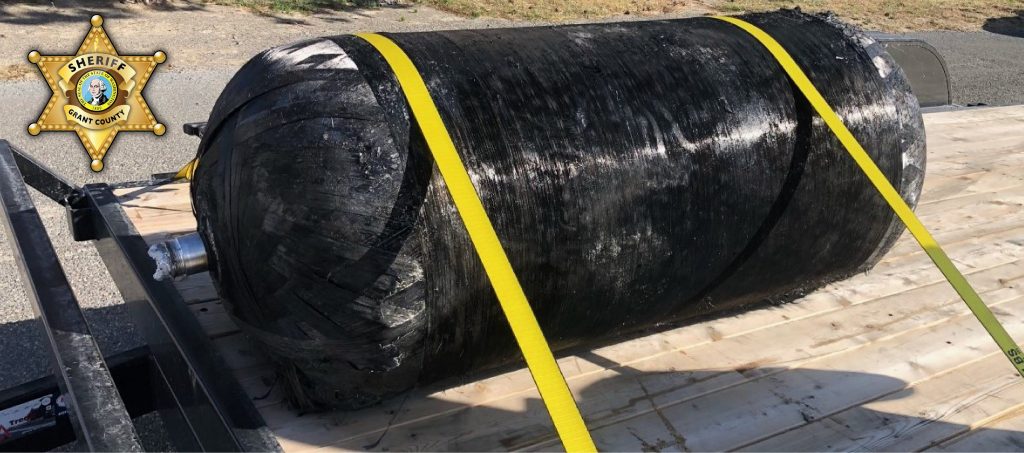
Because the second stage didn’t end up where it was supposed to be, calculations had to be done to figure out where it would end up. Experts like McDowell knew it was coming down soon but didn’t know exactly at which point of its orbit re-entry would occur. (That’s what determines the where and when of the light show.) McDowell explained on Twitter that orbiting satellites or rocket bodies travel at least 27,000 kilometers per hour, so a two-hour uncertainty meant that reentry could be basically anywhere in the Western Hemisphere. The uncertainty comes from not knowing its precise location in space and the specific properties of the atmosphere acting on the object. According to McDowell, most of the upper stage would have melted and broken apart in the upper atmosphere, about 60 kilometers above ground.
Denser bits, such as the engine thrust chamber, might reach the ground. And a denser bit did indeed survive reentry: a Composite Overwrap Pressure Vessel, a part on the second stage that holds pressurized helium, was recovered from the ground looking almost untouched in Grant County, Washington State, southwest of Seattle.
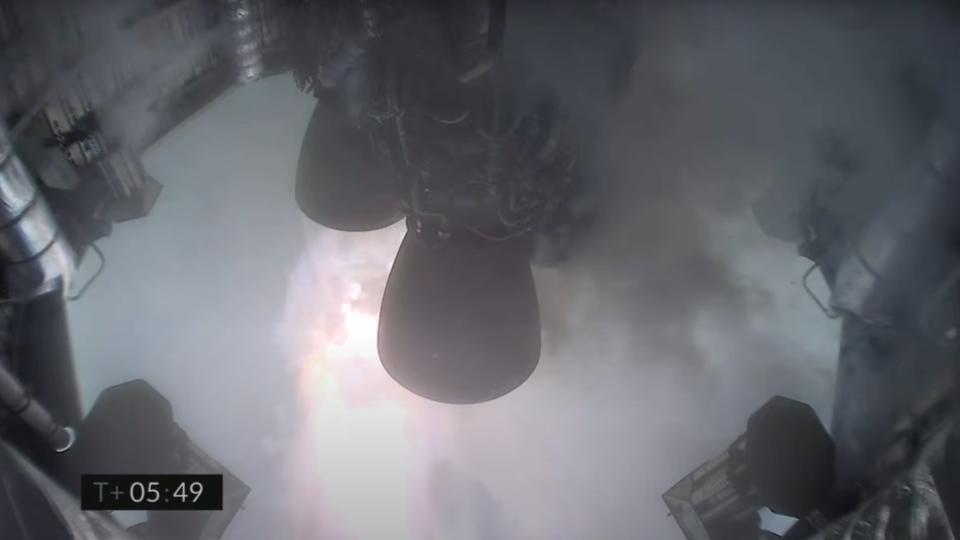
In other destruction-related news, on March 30 at 13:00 UTC, SpaceX’s Starship SN11 took to the skies in the very dense fog surrounding the launch site at Boca Chica, Texas. The vehicle completed its launch, engine cutoffs, and horizontal flip at apogee like the previous three flights of SN8, 9, and 10. When it was time to restart the engines for the landing flip, something went wrong and the vehicle exploded in midair.
Debris showered the launch site and the village of Boca Chica, and lighter pieces were found at the tracking station roughly three kilometers away from the launch pad.
Six days later, SpaceX CEO Elon Musk took to Twitter to explain that a small fuel leak had caused a fire, destroying a part of the engine computer. This resulted in what is euphemistically termed a “hard start” where the engine turbopump shredded on the command to ignite, causing shrapnel to head up into the rocket’s fuel tanks causing them to fail and mix propellants, leading to an explosion of the vehicle.
This Week in Rocket History
This week in Rocket history was kinda boring, if we’re being honest. Nothing seems to have happened in the first week of April! The second week of April, however? Oh boy!
So this week, we’re taking a look at next week in history – specifically, April 12.

On the morning of April 12, 1981, astronauts John Young and Robert Crippen launched from the Kennedy Space Center to a low-earth orbit at an altitude of 244 by 276 kilometers. They were: the first Americans in space since 1975’s Apollo-Soyuz; the first crewed American mission to launch atop Solid-fuel Rocket Boosters; and most importantly, the first-ever orbital Space Shuttle mission.
The launch of Space Transportation System-1, better known as STS-1, was actually supposed to take place two days earlier, but it was scrubbed due to a software issue with one of theIBM System/4 Pi computers on board, which was solved with a software patch before the launch on April 12.
It’s important to note that the term “Space Shuttle” doesn’t actually refer to the spacecraft itself but rather to the entire assembly of the craft, the external fuel tank, and the solid-fuel rocket boosters, or SRBs. The spacecraft itself was referred to as the Orbiter, and along with the SRBs, was designed to be reusable. The large external fuel tank was the only major component of the program that wasn’t reusable.
The orbiter for STS-1 was the OV-102 Columbia, one of five orbiters that would end up flying in space (and another which didn’t: the OV-101 Enterprise).
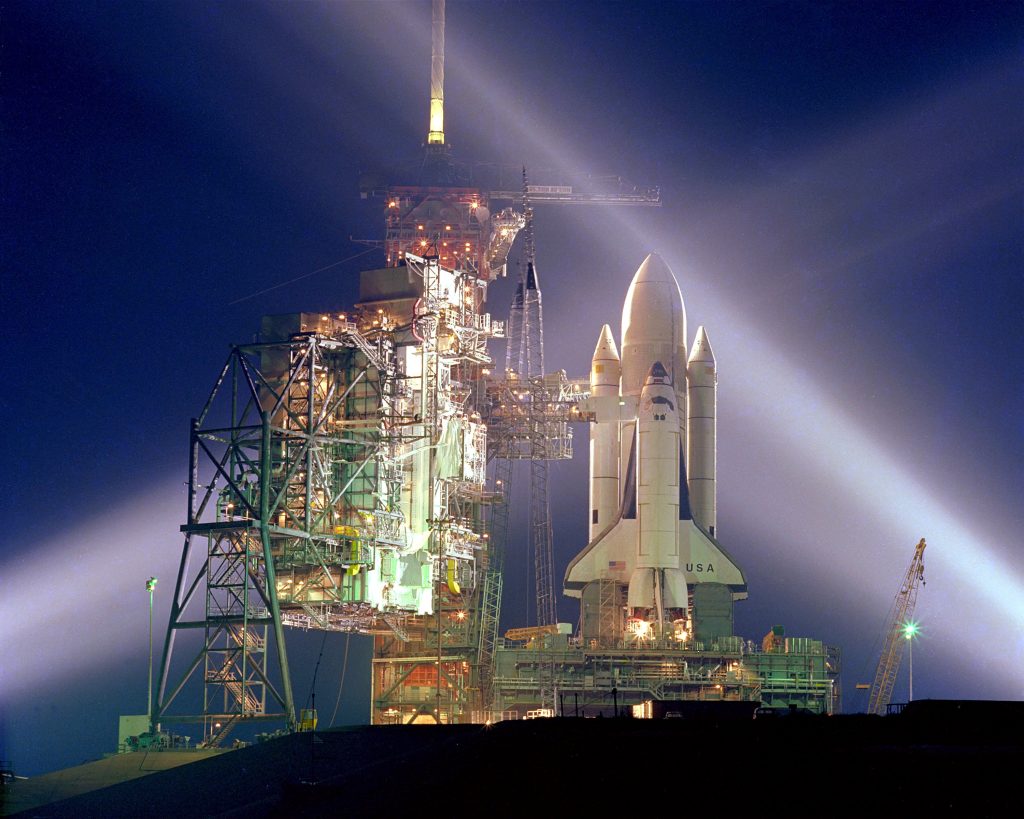
STS-1’s original mission was not actually supposed to be an orbital insertion. It was supposed to be a test of its Return-To-Launch-Site abort plan, which would simulate a failure in the shuttle’s system shortly after launch. The Orbiter would dump the SRBs and return to the launch site by flipping around while the main engines were still burning. Young vetoed the plan, saying: Let’s not practice Russian roulette, because you may have a loaded gun there.
The mission was also the first time a crewed American space vehicle was flown withoutfirst being tested autonomously. It was Young and Crippen’s mission to actually verify that the spacecraft was functioning as expected, and the only payload for the mission was a set of instruments meant to determine the craft’s performance.
The launch itself went with only a few anomalies; the SRBs turned out to perform better than anticipated, giving the orbiter a much higher acceleration than originally planned but still within parameters.
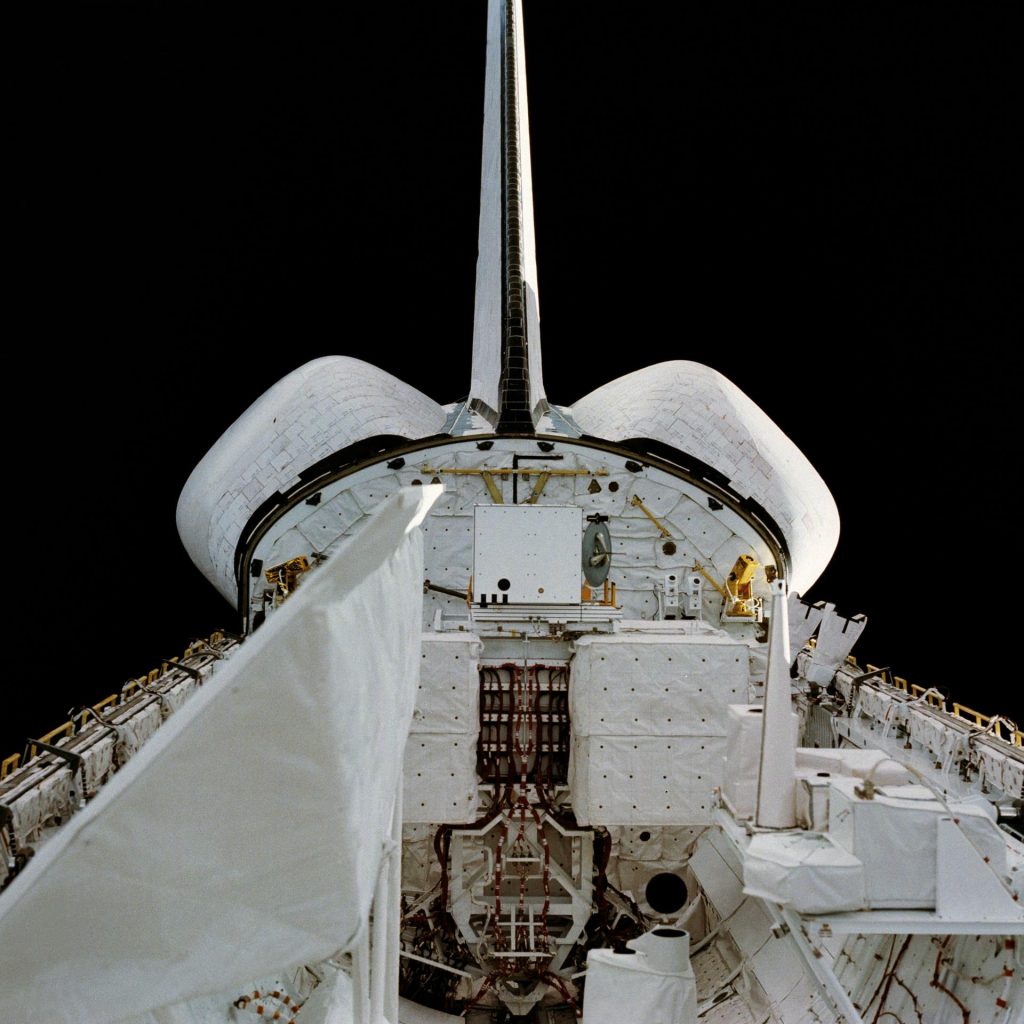
Once in orbit, the crew opened the Orbiter’s cargo bay door in order to expose the radiators mounted on the inside of the doors to space to expel heat from the spacecraft. Had this cooling system not worked, they would have needed to return immediately as a build-up of heat would have jeopardized the mission, but fortunately, they didn’t need to.
When the doors were opened, the crew noticed damage to the thermal protection tiles next to the orbiter’s main engines. Sixteen tiles were missing and another 148 were damaged. Ground control examined the footage and determined that the missing and damaged tiles would not risk the structural integrity of the craft during re-entry and were therefore not a cause for concern.
Another small issue was with the cabin’s life support systems. They were within safety parameters but they didn’t maintain temperature and air pressure as expected. The astronauts reported colder than expected temperatures on the first night of their mission, but they managed to adjust the settings to get a more comfortable temperature the second night.
After 53 hours in orbit and once all of their tests had been completed, Young and Crippen started preparing for re-entry. They closed the payload bay doors, strapped into their seats, and prepared for the mostly autonomous re-entry process. The orbiter’s engines fired for 160 seconds, after which Young had to manually pitch Columbia to its correct attitude. They armed their ejection seats, and the rest was left to gravity and aerodynamic resistance.
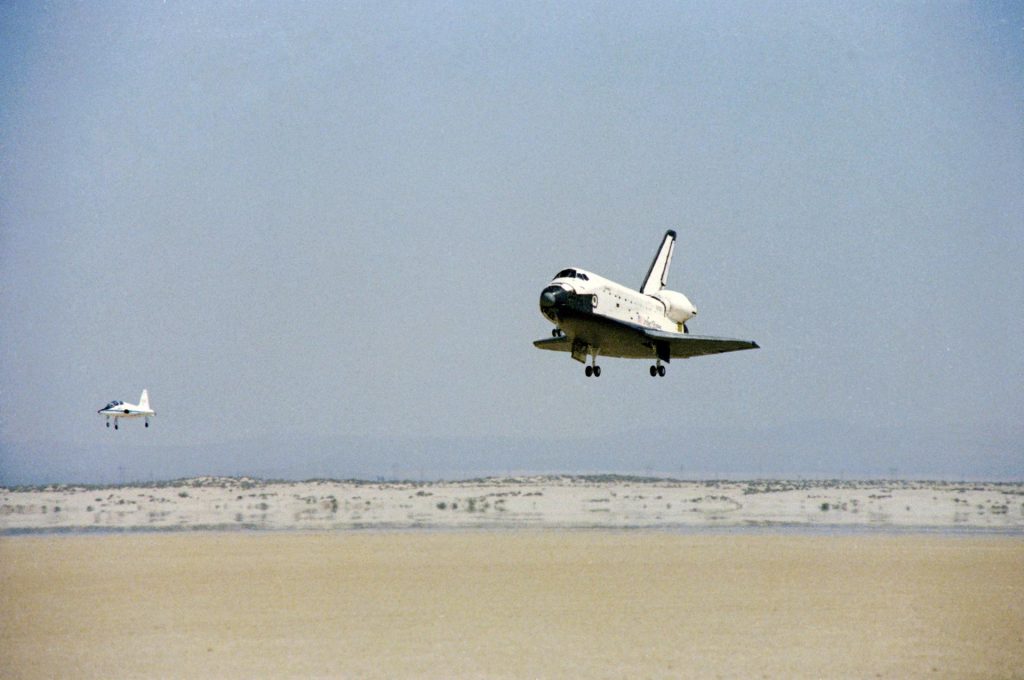
At an altitude of about 100 kilometers, the crew started seeing jets of plasma caused by the friction of the orbiter’s heat shields against the thickening atmosphere. When the air pressure was high enough for the craft’s aerodynamic systems to work, the orbiter performed a right bank in order to increase drag and slow the craft even more (even though at this point it was going over Mach 24 or a bit over eight kilometers per second!) Columbia then performed a left bank at Mach 18.5, another right one at Mach 9.8, and then Young himself performed two more bank reversals at Mach 4.8 and 2.8.
Young and Crippen were now flying towards Runway 23 at Edwards Air Force Base, and as they went subsonic they were joined by a T-38 flown by fellow astronauts Jon McBride and George Nelson. They flew in formation until Columbia touched down at 17:21 UTC at a speed of 399 km/h, with Young remarking over the radio: This is the world’s greatest all-electric flying machine. I’ll tell you that. That was super!
Statistics
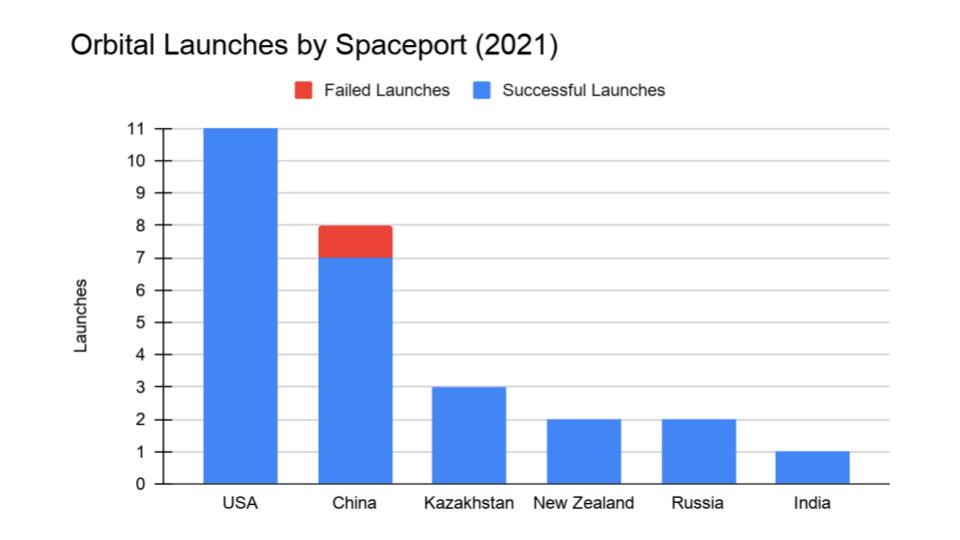
To wrap things up, here’s a running tally of a few spaceflight statistics for the current year:
Toilets currently in space: 5: 3 installed on ISS, 1 on the Crew Dragon, 1 on the Soyuz
Total 2021 orbital launch attempts: 27, including 1 failure
Total satellites from launches: 690
I keep track of orbital launches by where they launched from, also known as spaceport. Here’s that breakdown:
USA: 11
China: 8
Kazakhstan: 3
New Zealand: 2
Russia: 2
India: 1
Random Space Fact
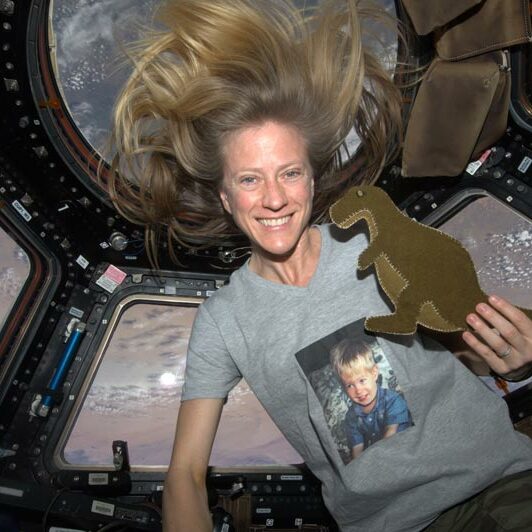
Your space fact for this week is that in 2013, Astronaut Karen Nyberg made a toy dinosaur for her son from materials already aboard the International Space Station. The Tyrannosaurus Rex was made out of the fabric liners of the Russian food rations and stuffed with an old shirt. It had an olive-green back and a lighter green belly and was sewn together with white thread.
This was not the first toy on the ISS. Cosmonauts and astronauts regularly bring up small stuffed toys that function as “zero-G indicators” that tell the crew when they have entered orbit. It is probably the first one that was Made in Space.
This has been the Daily Space.
Learn More
SpaceX Launches Starlink L-22 Mission
Arianespace Launches OneWeb 5 Mission
- Glavkosmos press release
- Launch video
China Launches Second Gaofen-12 Satellite
- CASC press release (Chinese)
- China launches second Gaofen-12 Earth observation satellite (SpaceNews)
- Gaofen 12 info page (Gunter’s Space Page)
- Microwave remote sensing (Government of Canada)
- Kliuchevskoi Volcano optical/radar comparison (Michigan Tech)
- Launch video
SpaceX Debris Burns Up Over Washington State
- Falcon 9 R/B Reentry Prediction (Aerospace Corp)
SN11 Test Flight Ends in Explosion Prior to Landing
- Test flight video
This Week in Rocket History: STS-1
- PDF: Space Shuttle Missions Summary (archive)
- The Space Shuttle’s Controversial Launch Abort Plan (Tested)
- STS-1 (NASA)
Random Space Fact: Toy Dinosaur Made in Space
Credits
Host: Annie Wilson
Writers: Elad Avron, Dave Ballard, Gordon Dewis, Pamela Gay, Beth Johnson, Erik Madaus, Ally Pelphrey, and Annie Wilson
Audio and Video Editing: Ally Pelphrey
Content Editing: Beth Johnson
Executive Producer: Pamela Gay
Intro and Outro music by Kevin MacLeod, https://incompetech.com/music/


 We record most shows live, on Twitch. Follow us today to get alerts when we go live.
We record most shows live, on Twitch. Follow us today to get alerts when we go live.